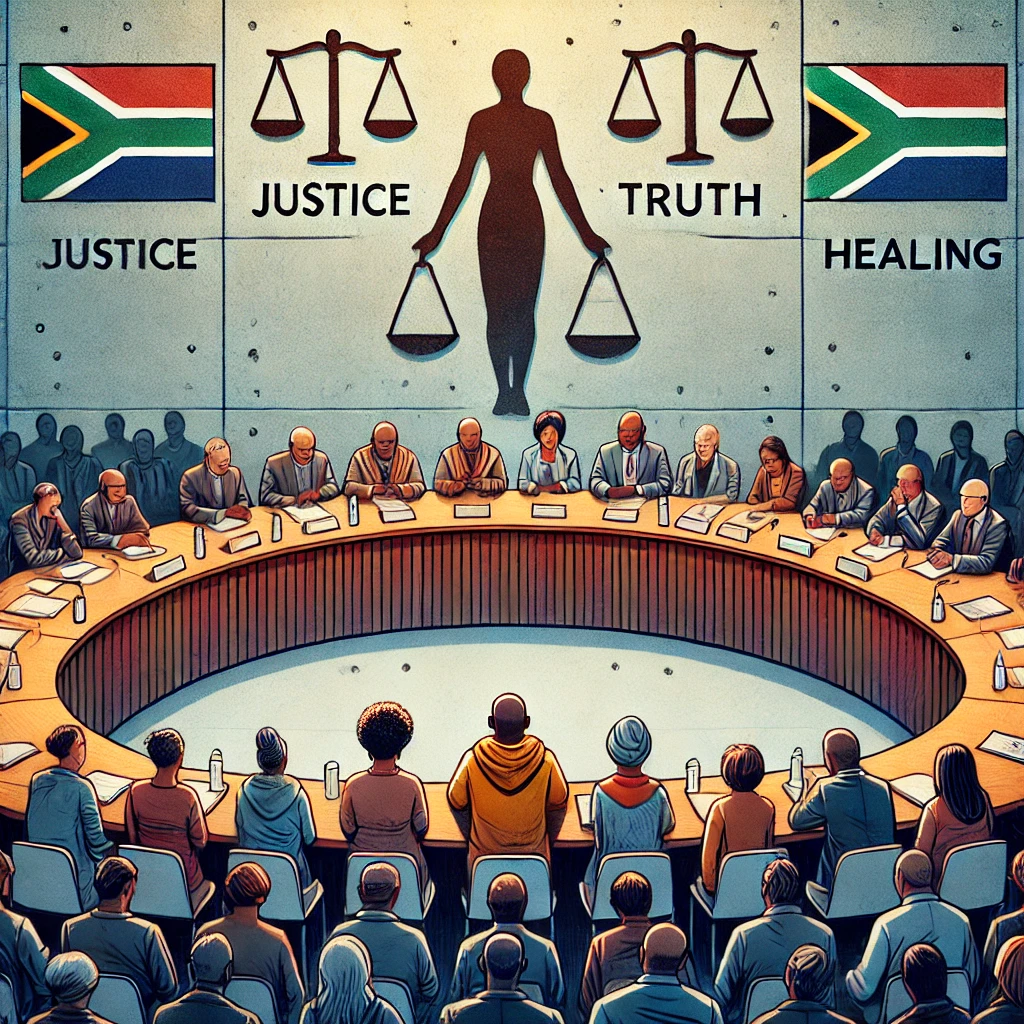A triumph in the fight against apartheid took place on February 11th, 1990, as Nelson Mandela, the iconic South African anti-apartheid leader, was released from Victor Verster Prison after 27 years of imprisonment. This momentous event marked a crucial turning point in South Africa’s history, signifying the beginning of the end of the oppressive apartheid regime and paving the way for a new era of democracy and reconciliation.
Mandela’s release was the result of decades of struggle by the African National Congress (ANC), international activists, and South Africans who refused to accept racial segregation and injustice. His imprisonment had become a symbol of the brutality of apartheid, and his eventual freedom was seen as a victory for human rights and democracy. The world watched as he walked out of prison, hand in hand with his wife, Winnie Mandela, in a moment that was both historic and deeply emotional.

The Road to Freedom
Nelson Mandela’s journey to this historic day was long and arduous. A prominent leader of the ANC, he was arrested in 1962 and later sentenced to life imprisonment in 1964 for his role in the struggle against apartheid. For decades, he remained a powerful symbol of resistance while enduring harsh conditions on Robben Island and later at Pollsmoor and Victor Verster prisons. International pressure and domestic protests grew over the years, demanding his release and the dismantling of apartheid. Eventually, in 1989, newly elected President F.W. de Klerk initiated negotiations to end white minority rule, leading to Mandela’s long-awaited freedom in 1990.
The years leading up to his release were marked by escalating tensions, protests, and economic sanctions against South Africa. While the government initially sought to suppress opposition, mounting pressure forced them to reconsider their stance. By the late 1980s, it became clear that apartheid was unsustainable, and negotiations began to unfold, setting the stage for Mandela’s release and the eventual transformation of South Africa’s political landscape.
The Impact on South Africa and the World

Mandela’s release was not just a personal victory but a global event that reshaped South Africa’s political landscape. It signaled the beginning of multi-party talks that would ultimately lead to the country’s first democratic elections in 1994, where Mandela was elected as South Africa’s first Black president. His release was a testament to the power of resilience, diplomacy, and the global struggle for human rights. Countries around the world took inspiration from South Africa’s transition, recognizing the importance of negotiation and reconciliation in overcoming systemic oppression.
The sight of Mandela walking free instilled hope in millions and reinforced the belief that change was possible even in the most oppressive regimes. His release also led to the lifting of international sanctions against South Africa and opened the door for the country’s reintegration into the global community. As apartheid laws were dismantled, South Africans of all races began to envision a shared future built on equality and justice.
A Legacy of Unity and Reconciliation

The release of Nelson Mandela did not merely symbolize the collapse of apartheid; it also heralded a new era of unity and hope. Rather than seeking revenge, Mandela championed peace and inclusivity, advocating for national reconciliation through institutions like the Truth and Reconciliation Commission. His leadership and moral authority played a vital role in preventing a potential civil war and fostering a spirit of unity in a deeply divided country.
Mandela’s legacy continues to inspire movements for justice, equality, and democracy worldwide. His ability to forgive those who imprisoned him for nearly three decades demonstrated the immense strength of character and vision required to heal a fractured nation. Today, his story serves as a reminder of the enduring power of perseverance, reconciliation, and leadership in the fight against injustice.
